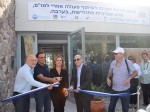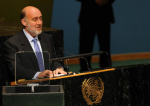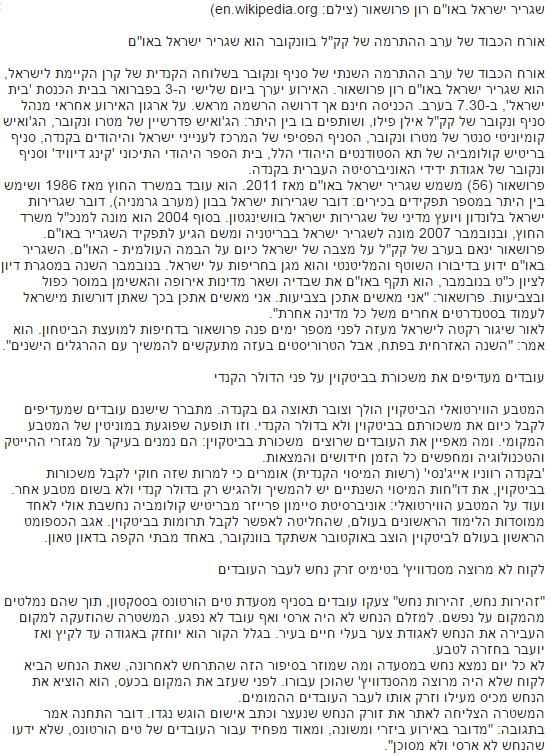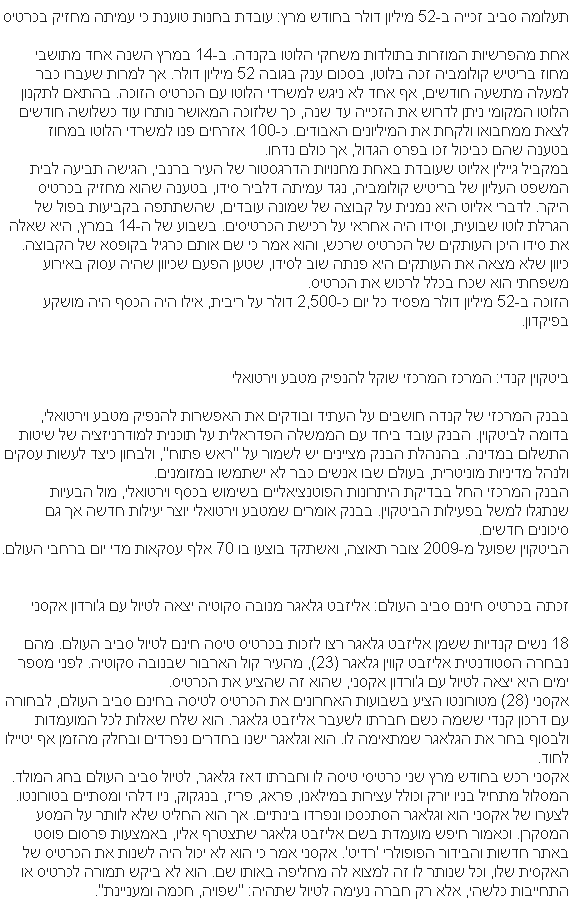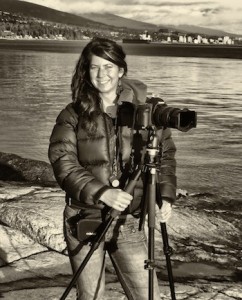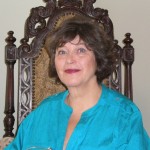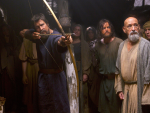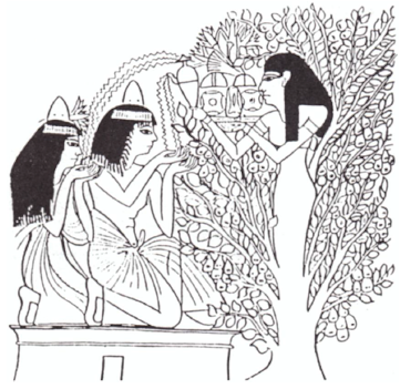Elka Yarlowe is president and CEO of Access to Music Foundation. (photo by Olga Livshin)
Elka Yarlowe’s love affair with music started when she was very young. “I always listened to music or sang,” she remembered. “When I was four or five, I had my tonsils taken out in a hospital. My mom told me I was a very brave girl and asked me what I wanted as a reward. I said I wanted a piano.”
She got her piano, and her childhood in New York was steeped in notes and melodies. Her mother took her to see musical shows. Her relatives sang in a Yiddish theatre. She studied piano with a private teacher and participated in a school choir. “I was lucky. We had an exceptional musical program in my public school. In Grade 8, I knew I wanted to pursue music professionally,” she told the Independent.
She fulfilled her childhood dream and had a decades-long, successful career as an opera singer. Now, she wants to give an equal opportunity to local children, so they also can pursue a musical career if they choose. As president and chief executive officer of Access to Music Foundation, Yarlowe does what she can to make opportunities available to as many children as possible.
Since 2006, she has been a board member of the Music B.C. Industry Association. “In 2007, the Vancouver School Board made the first of many subsequent budget cuts to music programs,” she said. “In response, we started a charity and funded a music program in one Vancouver school. It wasn’t enough. More cuts followed in 2009. In 2010, I decided to leave the board and concentrate on the charity for music only. We called it Music B.C. Charitable Foundation. Last year, we changed the name to Access to Music.”
Currently, Access to Music funds programs in 20 provincial public schools and three aboriginal schools. “Our main goal is to fund instrument purchases for schools,” said Yarlowe. “Most instruments in the school system are over 20 years old, not fit for proper learning. If you start a hockey team at a school, you can’t have the children play hockey in 25-year-old skates. The same goes for musical instruments.”
According to Yarlowe, music education is a necessity: “Statistics show that children who play a musical instrument usually score 25 percent higher in any other discipline than children who don’t. Music is integral to our understanding of math and science. Any child in a school orchestra gets a fundamental sense of communication and cooperation, discipline and self-respect. Music develops both left and right sides of the brain. It is both science and art.”
Yarlowe lamented the fact that in this province, music programs often get cut first. “Last April, the school board wanted to cut all elementary school music programs. We fought that decision and won. The cut was postponed for one more year. We have a new battle ahead of us,” she said.
She explained that schools in the least economically advantaged areas of the province are affected most by these cuts. “Wealthier schools will continue to fund music through the parents’ efforts. That will create a disparity between poor and rich; deepen the divide. That’s why we fund the poor schools. We’re trying to level the playing field for all schoolchildren, to give all students equal access to musical education. Music is a catalyst for personal and social change. It’s part of organic education. Everyone needs it.”
Access to Music also offers mentorship programs, scholarships and intensive music clinics, and works with LGBTQ, at-risk and street-involved youth. “We offered our songwriting program to kids who face multiple barriers,” she said. “Some of them struggle with addiction. Others were victims of abuse or ran away from home. Many told me that music keeps them together, away from crime or suicide…. One gay boy wrote on his Facebook that participating in our song competition changed his life. Another street kid entered the Capilano jazz program, even though he still lives on the street. We try to provide barrier-free access to music for as many as we can. Today, about 8,000 children benefit from our programs. In the last several years, we purchased instruments for over $100,000. The need in this province is great.”
Many local organizations support the foundation with monetary donations or time, including Vancouver Symphony Orchestra. Next April, 100 music students from Surrey and Burnaby will have “a day of play” with the VSO. “All day long, the kids will have intensive sessions with the VSO musicians,” Yarlowe explained. “Then they will meet Maestro [Bramwell] Tovey. And, in the evening, they will have a treat – they will see a live show at the Orpheum. For many of them, it will be their first live classical music performance and the first visit to the Orpheum. When I was at school, our music teacher arranged for us to go to the Lincoln Centre once a year for a music show or an opera. We want to give such an opportunity to [more] local students. We want to be able to reproduce the event with the VSO every year, and maybe have similar events in Victoria, Okanagan [and] Prince George.”
Passionate about the foundation, Yarlowe insisted, “Music is not a frill or icing on a cake. It’s a necessity. Everyone who ever played an instrument or sang a song enjoyed it. Everyone has a personal connection to his music, no matter if it’s classical, rock or jazz. If you put an instrument into someone’s hands, chances are high those hands would never pick up a gun.”
The recent city initiative Keys to the Streets, which encountered an enthusiastic response in the majority of Vancouverites, disappointed her. “I went crazy when I learned about it. I know it’s good to give anyone a chance to play on the street, but to think of all these pianos [potentially] ruined in the rain. I’d put them in schools around the province instead. For the cost of just moving those pianos to and from locations, I could probably buy 20 clarinets for 20 school orchestras.”
One of her duties as foundation president is asking for money. “People spend lots of dollars so their kids could learn hockey. Why not to learn music? There is a much better chance that a child could make music his profession, make a living from it than from hockey. Much lower chance of injuries or concussions, too.”
Access to Music has become Yarlowe’s personal crusade, her tikkun olam. “There is a proverb: ‘You’re not required to finish the work but you’re not allowed to turn your back on it.’ That’s my guideline. I have three great passions in my life: my family, my faith and my music. I may not be able to fund all the schools for all the music programs they need, but it doesn’t give me, any of us, permission to stop the efforts. I feel like all my life was a build up for my work with the foundation.”
To learn more about the foundation, visit accesstomusic.ca.
Olga Livshin is a Vancouver freelance writer. She can be reached at olgagodim@gmail.com.

